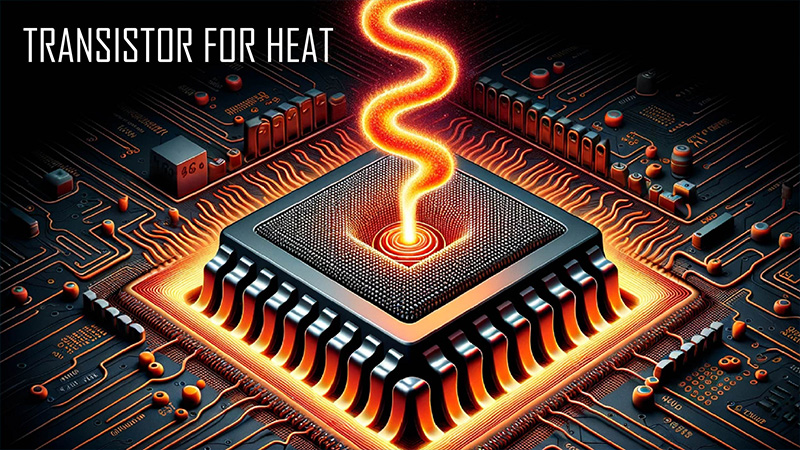Researchers at UCLA have introduced a groundbreaking achievement in the form of a solid-state thermal transistor that utilizes an electric field to regulate the movement of heat in semiconductor devices. The study, featured in Science magazine, delves into the functionality and potential applications of this remarkable invention, which could revolutionize heat management in computer chips at an atomic and molecular level. Additionally, it has implications for understanding heat regulation in the human body.

Co-author Yongjie Hu, a professor at the UCLA Samueli School of Engineering, emphasized the significance of the precision control of heat flow and highlighted the innovative approach of managing heat movement through the on-off switching of an electric field, akin to the operation of electrical transistors.
The concentration of heat at the chip's hottest point, known as the Hotspot, posed a significant challenge. Nevertheless, scientists have engineered a method to enhance the chips' thermal conductivity for more effective heat management. This involves the addition of a thin layer of transistors, only one molecule thick, to the processor. When subjected to an electromagnetic field, these transistors alter their molecular structure, significantly enhancing the efficiency of the thermal channel.
This innovative technology facilitates the transfer of heat from the hot spot to cooler areas of the chip, thereby reducing overall processor heat and improving the transfer of excess heat to the heatsink. The researchers reported that a CPU test sample featuring the new thermal transistors exhibited a 13-fold improvement in cooling efficiency compared to traditional processors. They highlight the potential effectiveness of thermal transistors in the development of new chips with a three-dimensional structure, citing AMD processors with 3D V-Cache memory as an example.
This development represents a significant leap in the field of heat management and semiconductor technology, setting the stage for transformative applications in various domains.







